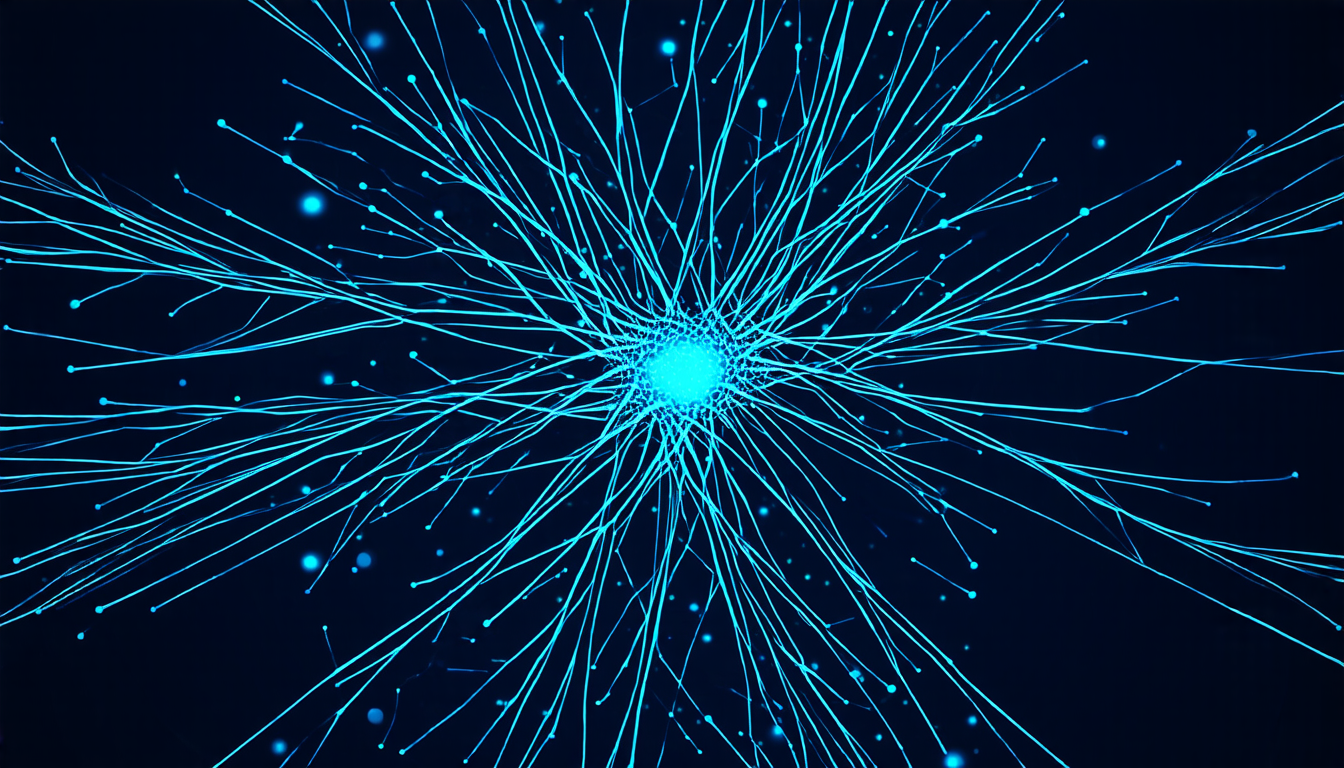Wednesday 09 April 2025
Scientists have made a fascinating discovery that sheds light on how complex systems, like the human brain, can synchronize and behave in unexpected ways. The research, published recently in a prestigious scientific journal, explores the dynamics of coupled oscillators, which are systems consisting of multiple components that oscillate at different frequencies.
The study focuses on the Kuramoto model, a classic mathematical framework used to describe the behavior of coupled oscillators. However, this time, the researchers introduced an innovative twist by incorporating stochastic resetting, a mechanism where certain parts of the system randomly reset to their initial state. This added layer of complexity led to intriguing results that challenge our understanding of synchronization and phase transitions.
The team’s findings suggest that even when individual components are not perfectly synchronized, the collective behavior of the coupled oscillators can still exhibit complex patterns and phase transitions. These phenomena are typically associated with the onset of synchronization, where the oscillators begin to oscillate in unison. However, in this case, the stochastic resetting introduced an additional degree of freedom that allowed for novel behaviors.
One of the most striking results is the emergence of a new type of phase transition, which occurs when the system’s parameters are tweaked in a specific way. This transition is characterized by a sudden change in the collective behavior of the oscillators, from disordered to synchronized or vice versa. The researchers discovered that this transition can occur even when individual components are not perfectly synchronized, defying traditional understanding of phase transitions.
The study also reveals that the stochastic resetting mechanism can have a profound impact on the synchronization process. In some cases, it can actually enhance the tendency towards synchronization, while in others, it can suppress it. This suggests that the role of randomness and uncertainty in complex systems is more nuanced than previously thought.
So, what do these findings mean for our understanding of complex systems? They demonstrate that even seemingly chaotic behaviors can be governed by underlying patterns and mechanisms. Moreover, they highlight the importance of considering non-traditional factors, like stochastic resetting, when studying the behavior of coupled oscillators.
The implications of this research are far-reaching and have potential applications in various fields, from neuroscience to materials science. For instance, understanding how complex systems synchronize can help us better comprehend the workings of the human brain, which is comprised of billions of interconnected neurons. Similarly, the study’s findings could inform the design of new materials with unique properties.
The researchers’ work has opened up new avenues for exploration and has sparked excitement among scientists in various fields.
Cite this article: “Resetting the Clock: How Random Events Can Synchronize Complex Systems”, The Science Archive, 2025.
Coupled Oscillators, Stochastic Resetting, Kuramoto Model, Phase Transitions, Synchronization, Complex Systems, Human Brain, Neuroscience, Materials Science, Chaos Theory.
Reference: Paul C Bressloff, “Slow-fast systems with stochastic resetting” (2025).







